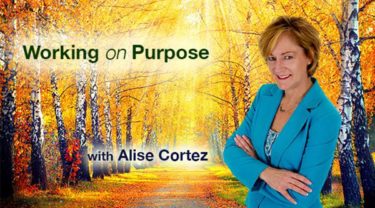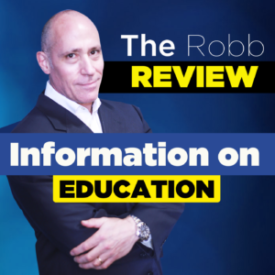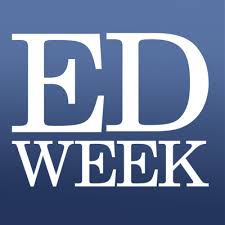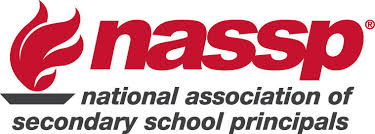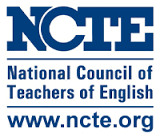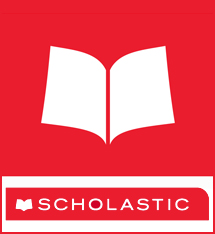Teaching Reading is an Art as well as a Science
Timothy Rasinski, Ph.D. Kent State University
“It is the supreme art of the teacher to awaken joy in creative expression and knowledge.”
Albert Einstein
“I would teach children music, physics, and philosophy; but most importantly music, for the patterns in music and all the arts are the keys to learning.”
Plato
“Art has the means of keeping alive the sense of purposes that outrun evidence and of meanings that transcend habit.”
John Dewey
The impetus for this blog comes from something I have been thinking about for a number of years. I hope that this may be the impetus for more of us sharing our thoughts about the importance of the art as well as the science of teaching reading.
I have a confession to make. My undergraduate degree is in economics. In my mid-twenties, after encouragement from many of my friends, I decided to become a teacher. To be honest, I thought becoming a teacher would be rather easy. After all, I went through school and was reasonably successful. I should know how it’s done.
Well, I was in for a bit of a shock. Teaching is not easy at all. It is essential for a democratic and productive society, it is enormously satisfying and joyful, but it is definitely not easy. My respect for teaching and teachers grew exponentially during my first few years of teaching (and it continues to grow). Teaching is one of the most challenging professions into which a person can enter. And, I think a major reason for the challenge of teaching in general, and the teaching of reading in particular, is that effective reading instruction requires teachers to apply what has been learned through scientific study of reading and reading instruction. However, effective instruction in reading also requires teachers to be artists. Teachers have to be both – artists and scientists.
Currently, there is a growing recognition of the importance of the science of reading (SOR) for reading instruction. The science of reading directs that successful instruction in reading includes systematic and explicit instruction in the key scientifically determined reading competencies – phonics and phonemic awareness, vocabulary, reading fluency, and comprehension.
Publishers and curricula developers have used these scientific competencies to develop reading curricula and materials that are, in many cases, largely scripted. That is, teachers are directed to implement the program nearly word for word as is stated in the teacher’s guide. It’s called fidelity. Among the problems that come with such programs are that they do not necessarily meet the individual needs of many students, and teachers can become alienated from their reading instruction and removed from important instructional decision-making in their classrooms. Moreover, there is a lack of compelling scientific evidence that such scripted and scientific program lead to generalized improvements in reading for students. Note that reading achievement in the United States has barely budged since the report of the National Reading Panel, nearly 20 years ago, that gave credence to the science of reading. Reading First, a national program for bringing scientific approaches into primary grade reading instruction, had little impact on student reading achievement.
Why have we not seen the progress that was anticipated by the science of reading? I think that a significant concern is that we have not embraced the idea that effective teaching reading is an art as well as a science, and that teachers need to be artists as well as scientists. We need to allow teachers the creative freedom to develop and implement scientifically based reading curriculum that is engaging, playful, authentic, esthetic, and effective. In effect, I propose that we provide teachers with scientifically validated end-of-year benchmarks in phonics, vocabulary, fluency, and comprehension and then give teachers the creative license and professional support to achieve those benchmarks.
Teachers will still teach phonics, but instead of exclusive use of highly scripted and monotonous tasks, drills, and worksheets that often accompany such instruction, students might be regularly engaged in guided word play and not realize that although they are having fun with words, they are also developing mastery over words. For example, have you noticed all the games we play for fun as adults that are, in essence, word games? And have you noticed that if you are a regular player of Scrabble or Words with Friends or Boggle you generally improve in your playing over time? Improving your game is evidence of learning. If adults love word games wouldn’t children? And yet, in many classrooms games and play are often locked away or reserved only for when the “work” is done.
Several years ago, I developed a game-like word activity (based on the work of Pat Cunningham and Isabel Beck) called word ladders. In a word ladder students make a series of words by manipulating each previous word (e.g. start with “cat” and change one letter to make a large mouse or rodent – “rat”; change one letter in ‘rat” to make something a baseball player uses when at the plate – “bat,” and so on). To make it into a game the first and last words in each word ladder are related in some way – base to ball, dog to cat. Although children are playing a game in which they try to determine each new word on the ladder from the clues given, the activity itself requires students to consider deeply how words are encoded, decoded, and have meaning.
For another example, consider reading fluency, also a scientifically validated reading competency. Scientific research tells us that through rereadings (repeated readings) of texts students develop fluency over the passage practiced but also greater fluency (and comprehension) over new passages they have never before seen. That’s the science of fluency. The art of fluency take this scientific notion and asks, “how do we get students to read a text repeatedly in authentic and meaningful ways?” One artful answer to that question is found in the notion of theater and performance. If students know that they will be asked to perform a poem, or a song, or a script for an audience they have an authentic and motivating reason for rereadings, or as they say in the theater – rehearsal. Moreover, not only does rehearsal of this sort lead to automatic recognition of the words in the passage, it also encourages students to read with an expression that reflects the meaning of the text – both are part of the science of reading fluency.
Art and science are not mutually exclusive endeavors. Indeed, scientists generally have a great appreciation for art; and artists often take inspiration from concepts of science. The great challenge is for teachers of reading, much like practitioners of medicine, to find ways to make the science of reading come to life in artful and authentic ways in their classrooms. And the challenge for us who support teachers is to grant permission and provide professional support and encouragement that allows teachers to become the instructional scientists and artists that will create a revolution in literacy achievement.
You can find resources for teaching accurate and automatic word recognition (i.e. fluency) at Tim’s own website – www.timrasinski.com
Daily Word Ladders by Timothy Rasinski
Create positive change with TeamMakers by Laura Robb and Evan Robb
Follow Tim on Twitter @TimRasinski1
![]()


